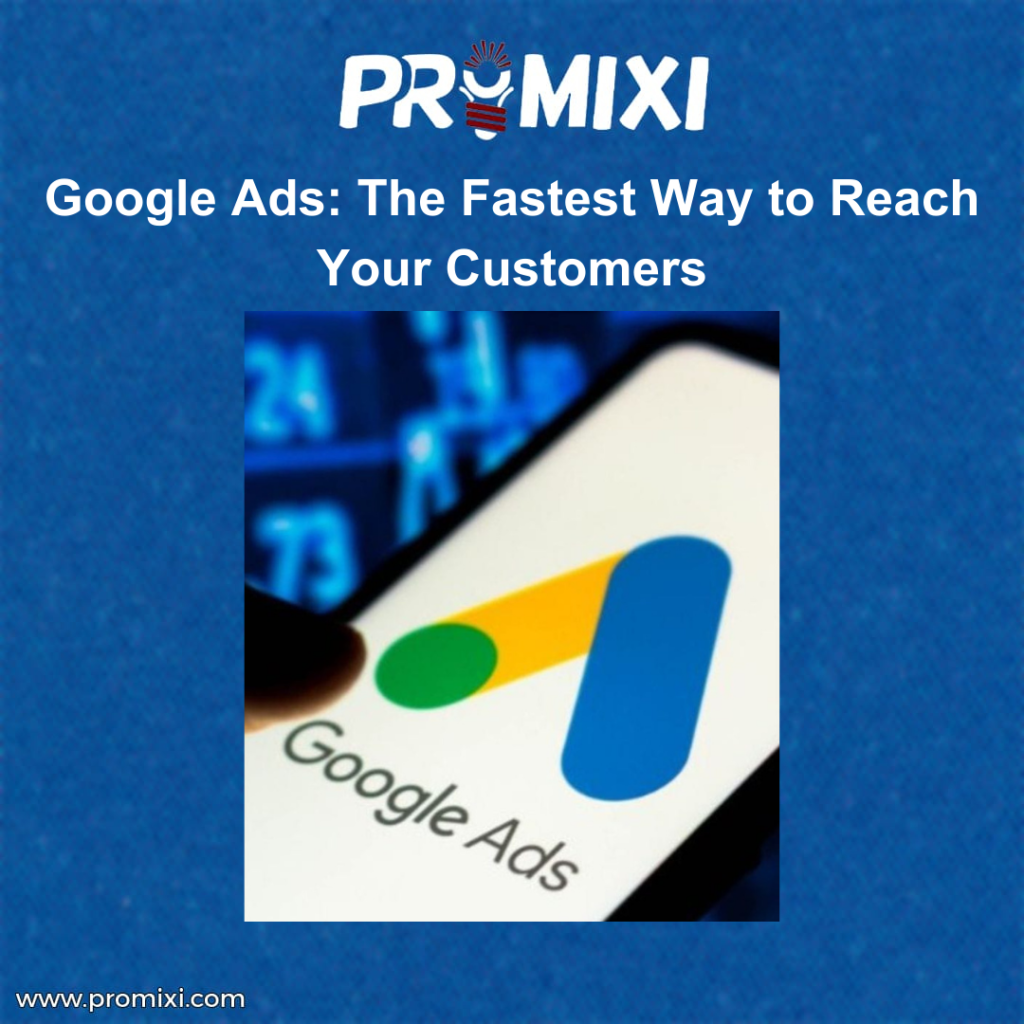Traditional and Digital Marketing: Which is Best for Your Business?
Imagine you have a great product or a unique service, but you are unsure about the best way to reach your target audience. Should you rely on traditional advertisements such as TV commercials and billboards? Or should you take advantage of the power of the internet and social media to reach your audience more precisely?
Today, there are two main approaches: traditional marketing and digital marketing. In this article, we will explore the differences between them, their advantages, and how to choose the most effective approach to achieve your desired results.
What is Traditional Marketing?
Traditional marketing refers to the marketing methods used before the emergence of the internet. It relies on non-digital media channels to reach the audience. These methods include:
- Print advertisements such as newspapers and magazines
- Television and radio ads, which broadcast marketing messages through TV channels or radio stations
- Billboards, including advertisements on highways and commercial buildings
- Flyers and brochures, used at trade events and stores to showcase products and services
- Direct marketing, such as telemarketing and direct mail campaigns
What is Digital Marketing?
Digital marketing involves using the internet and digital technology to reach and interact with customers. This type of marketing includes various channels, such as:
- Search Engine Optimization (SEO) to appear in organic search results
- Social media marketing to engage with the audience on platforms like Facebook, Instagram, and LinkedIn
- Email marketing, which involves sending promotional messages to potential and existing customers
- Paid online advertising, such as Google Ads and Facebook Ads
- Content marketing, through blogs, videos, and infographics to attract the audience
- Influencer marketing, which involves partnering with online influencers to promote products or services
Traditional vs. Digital Marketing: A Comparison
Cost
Traditional marketing is often expensive. Television or radio advertisements require large budgets, and printing promotional materials can be costly.
On the other hand, digital marketing is more cost-effective. Small and medium-sized businesses can run ads with flexible budgets or even use free marketing strategies such as content creation and social media engagement.
Audience Reach and Targeting
Traditional marketing reaches a broad audience but lacks precise targeting. Advertisements are broadcast to the public without the ability to customize them for specific groups.
Digital marketing, however, allows for highly targeted campaigns based on interests, age, location, and other factors, making it more effective.
Performance Measurement and Analytics
Traditional marketing makes it difficult to track results accurately. There is no clear way to determine how many people interacted with or responded to an advertisement.
Digital marketing, on the other hand, enables businesses to track performance using tools such as Google Analytics and social media insights, allowing for quick adjustments and optimization.
Audience Engagement
Traditional marketing does not allow for direct interaction with the audience. Advertisements are one-way messages without immediate feedback.
Digital marketing, however, encourages engagement through comments, messages, and likes, helping businesses build stronger relationships with customers.
Speed of Execution and Adjustments
Traditional marketing requires a long preparation period, such as producing a TV commercial or printing advertisements. Making changes to a traditional campaign can be challenging and costly.
Digital marketing is much faster. Campaigns can be launched within minutes, and adjustments can be made based on real-time data.
Advantages and Disadvantages of Traditional Marketing
Advantages
- Reaches a broad audience, especially older demographics who are less active online
- Enhances credibility when advertised in newspapers or on TV
- Does not require an internet connection, making it effective in certain areas
Disadvantages
- High costs compared to digital marketing
- Difficulty in tracking performance accurately
- Limited direct interaction with the audience
Advantages and Disadvantages of Digital Marketing
Advantages
- Allows precise audience targeting
- Provides measurable results and easy performance analysis
- Flexible and easily adjustable campaigns
- Lower cost compared to traditional advertisements
Disadvantages
- Requires continuous adaptation to changing algorithms and platforms
- Depends on internet availability, which may be a barrier for some audiences
- High competition, requiring creative strategies to stand out
How to Choose the Best Marketing Approach for Your Brand?
The choice depends on several factors:
-
Marketing objectives
If the goal is to enhance brand awareness on a large scale, traditional marketing might be a good option. However, if the focus is on direct sales, digital marketing is often more effective. -
Target audience
If your audience is online, digital marketing is the best choice. If your target audience includes older demographics, traditional marketing may be more suitable. -
Available budget
If you have a limited budget, digital marketing offers greater flexibility and lower costs. -
Product or service type
Some products, such as perfumes or clothing, require an in-person experience, making traditional marketing more effective. On the other hand, digital products or services can be easily marketed online.
Combining Traditional and Digital Marketing
Rather than relying on just one approach, businesses can integrate both to maximize their reach and effectiveness. For example:
- Using TV ads to attract attention while directing viewers to a website for more details
- Creating digital content supported by printed advertisements in newspapers and magazines
- Hosting physical events while promoting them through social media
Both traditional and digital marketing have their own advantages and drawbacks. The choice between them depends on the needs of your brand. In many cases, a combination of both strategies can yield the best results. The key is to understand your audience, define your goals, and use the available tools effectively to achieve success.


